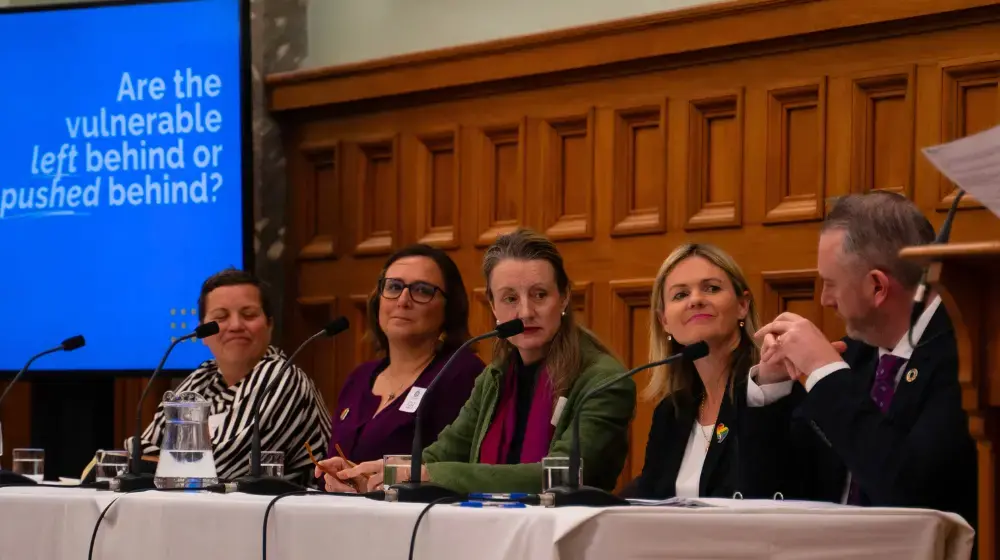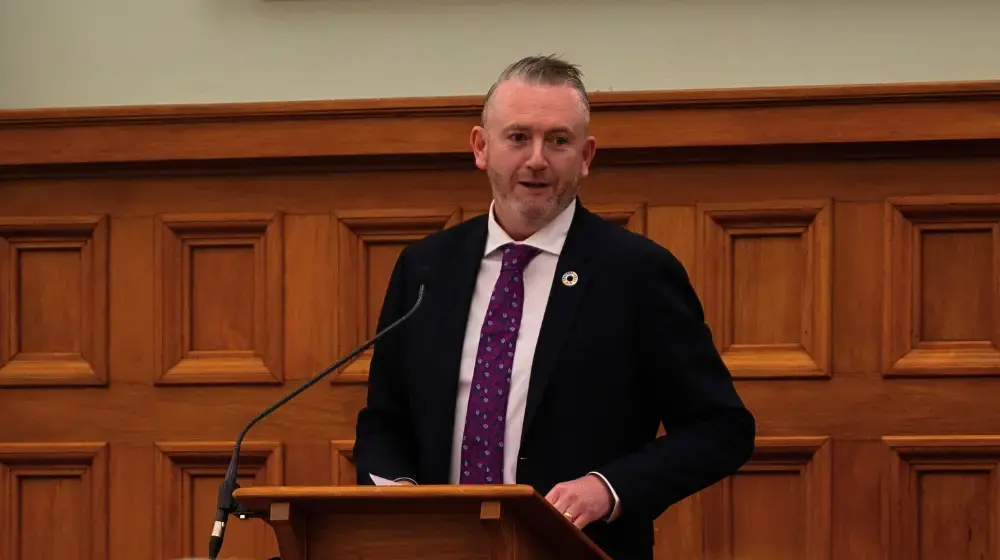By Dr. Babatunde Osotimehin
Take a moment to imagine a 10-year-old girl right now. What do you see? Is she in school? Is she laughing with friends? Do you imagine her riding a bike or playing ball? On roller skates or en pointe in ballet class? With her nose in a book or her eyes on a chess board?
Or perhaps you imagined a different scene, one that still plays out daily in many parts of the world: a girl who wakes up in the morning and finds out that she’ll be married that afternoon and taken out of school forever, a girl who will be forced to start bearing children as soon as her body allows it, and will stop being a child and start being a labourer in the home.
This is the tragic reality for millions of 10-year-old girls as they approach puberty.
While in some places, age 10 can be a time of exploration, expanding horizons and new possibilities, in others it can be a time where barriers emerge, limiting options, choices and opportunities.
Many girls are transformed from children with rights and aspirations, into brides, free labour or objects of exploitation—forever excluded from decisions about their lives and blocked from realizing their full potential.
This is a grave and unforgivable injustice and a violation of girls’ fundamental rights. And whenever a girl’s future is derailed in this way, her household, community and nation also suffer. With no freedom to make choices, get an education and find a good job, she will never have the power to participate in the affairs of her community and contribute to her country’s development.
But when a girl is protected from child marriage, is able to stay in school and make her own decisions about whether or when to become pregnant, the potential gains to her--and her society--are huge.
Each extra year a girl stays in high school, for example, delivers an 11.6 per cent increase in her average annual wage for the rest of her life. In India alone, there are over 12 million 10-year-old girls of whom nearly 900,000 will not move from primary to secondary school this year. If half of those 900,000 girls finished secondary school and later got a job, they could together earn almost $2 million over the next 15 years.
In fact, if all the 10-year-old girls living in developing countries today were able to finish high school and make their own decisions about marriage and parenthood, they would together earn an estimated $21 billion by the time they reach 25.
In most developing and middle-income countries, a girl who stays in school, gets a job and delays pregnancy will earn up to three times as much in her lifetime as her counterpart who does not finish high school and becomes pregnant as an adolescent.
And research has shown that a girl who makes a safe and healthy transition through adolescence to adulthood has higher status in her household and community and invests earnings back into her household, setting in motion a virtuous cycle of social and economic empowerment that can last for generations.
The benefits of keeping a 10-year-old girl’s life on track are indisputably large.
According to The State of World Population 2016, published today by UNFPA, the United Nations Population Fund, keeping every 10-year-old girl’s life on track is possible, but it requires support from, and investments by, everyone around her—her family, community and government. Men and boys also have a critical role in tearing down the barriers that prevent girls from realizing their full potential.
So what can be done?
First, end all practices that harm girls. This means, for example, enacting and enforcing laws that prohibit child marriage.
Second, enable girls to stay in school, at least through high school. Study after study has shown the longer a girl stays in school, the less likely she is to become pregnant as an adolescent and the more likely to grow up healthy and join the paid labour force.
Third, provide extra support to marginalized and impoverished girls who have traditionally been left behind.
Make sure girls, before they reach puberty, have access to information about their bodies. Later in adolescence, they need information and services to protect themselves from unintended pregnancy and sexually transmitted infections, including HIV.
And above all, take steps to protect girls’ – and everyone’s – rights.
We have every reason to prioritize the development of every girl’s capabilities. Our collective future depends on it.
Today’s 60 million 10-year-old girls will be 24 when progress towards the United Nations’ new development agenda is tallied in 2030.
That agenda aims for inclusive, equitable and sustainable development that leaves no one behind. The real test of its success will be whether every 10-year-old girl today will be healthy, educated and productive in 2030.
The world cannot afford to squander the potential of even one more girl. Instead, we must do everything in our power to ignite that potential—for her sake and for the sake of us all.
Dr. Babatunde Osotimehin is United Nations Under-Secretary-General and Executive Director of UNFPA, the United Nations Population Fund.





